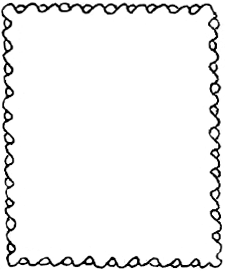The apocalyptic action in the book of Revelation seems to consist of the seven seals, the seven trumpets and the seven bowls of wrath.
I have suggested that these three lots of sevens (seals, trumpets and bowls) might be depictions of those two focal points of Jewish prophesy, the atonement of the Great Tribulation and the redemption that takes place on the Day of the Lord.
The book of Revelation seems to pause, to take breath and provide some editorial comment between these three lots of seven.
Between the seals and the trumpets you get the idea that both Jews and Gentiles are subject to the same redemption and the same atonement.
Between the trumpets and the bowls of wrath, you get the scroll of judgment, the two witnesses (Moses’ Law and the Prophets), the Dragon and his failed attempt to destroy the Jewish Messiah, and the two beasts he enlists to raise hell on earth.
We have looked at these events that separate the trumpets and the bowls of wrath, but there is still more.
In chapter 14, John makes reference to the Jews (14:1-5) and the gentiles (6-7) who have been purified by the fiery furnace of atonement and been redeemed by the blood of the Lamb.
The narrative now moves to those who have not responded in an appropriate way to the atoning fires and thus failed to produce the proper fruit of redemption.
Such people are referred to as citizens of Babylon, and Babylon is about to be judged (14:8-20 and 15). That fits with the suggestion that the seven bowl judgements describe the Great Tribulation of Israel and the Day of the Lord from a gentile perspective.














